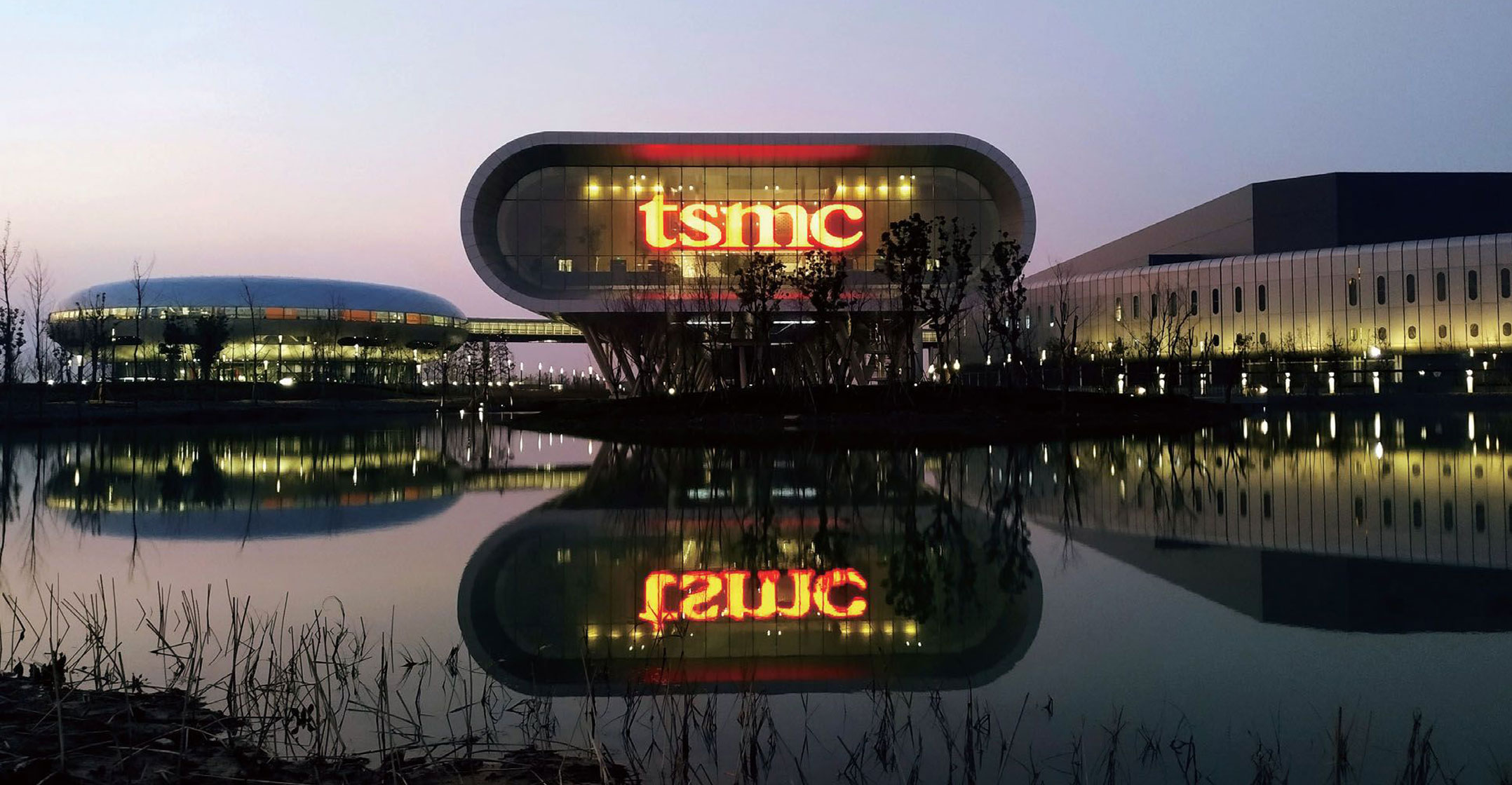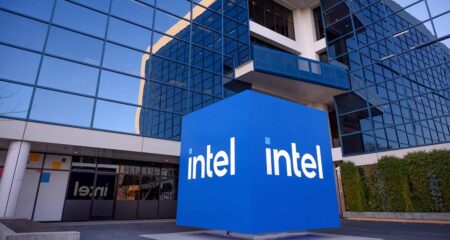
Global orders for semiconductors keep rolling in, but the latest data from the world’s biggest chip maker hints that this strong demand is beginning to look like industry stockpiling. That could be a massive problem when supply-chain bottlenecks ease.
Taiwan’s TSMC on Thursday announced record profits thanks to orders for clients such as Apple, Nvidia and AMD. This optimism will continue for the foreseeable future, with the company expecting full-year growth of 24%.
But a large amount of those orders aren’t going towards satiating global hunger for gadgets, connected cars and burgeoning server farms. Inventories at the Hsinchu-based company jumped 66% by the end of September from a year prior, the fourth straight quarter in which this figure climbed more than 65%. Days of inventory, another metric used to benchmark how much product is sitting on shelves, stayed high at 85 days.
TSMC is not unaware of the situation, and doesn’t expect it to ease up. CEO CC Wei told investors that he continues to expect customers and other companies in the supply chain to build inventory through to the end of the year and maintain higher levels for a longer period of time. The implication being that TSMC isn’t alone in creating stockpiles, with the rest of the industry also filling shelves with chips as fast as possible.
This is a worry. More than half of the company’s revenue comes from its two most advanced production nodes. And as a general rule, the newer the technology, the shorter the shelf life: Clients who require the latest and greatest chips need to keep upgrading.
Nasty indigestion
But global bottlenecks are forcing customers to put in bigger orders than normal to avoid being caught short if logistical hiccups result in fresh supplies being unable to reach their destination. There are many sectors where products can be stockpiled without much risk, such as coal, grains and even older electronics components. At the leading edge of the chip sector, though, products can become redundant within six months and clients know it. If any of them start to see end-demand falter, then there’s a high likelihood they’ll sharply cut orders so they can digest the stockpiles they’ve already built.
Even as the world continues to grapple with chip shortages, it’s now time to be on the lookout for a clearing of that backlog where insatiable hunger might quickly turn to nasty indigestion. — (c) 2021 Bloomberg LP




